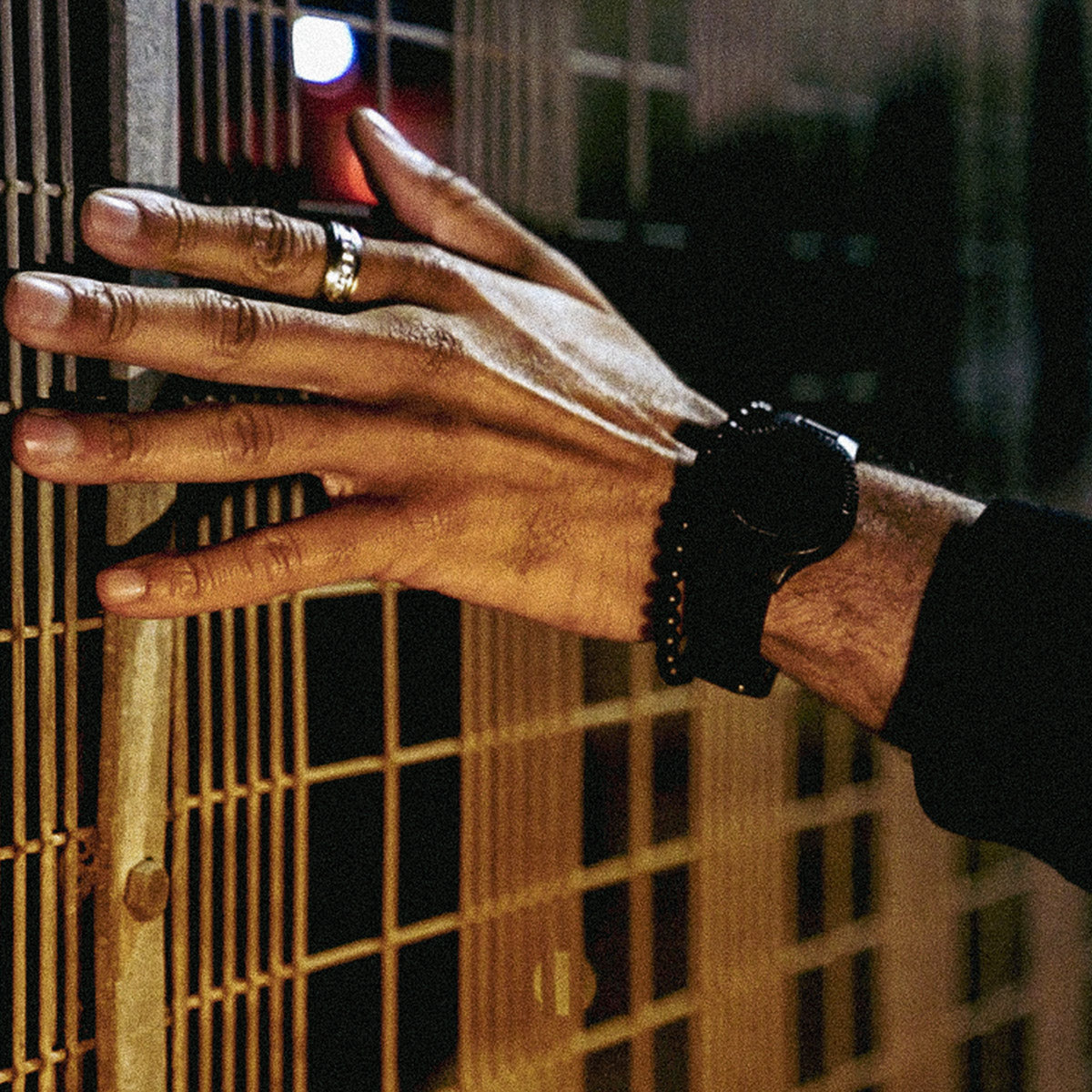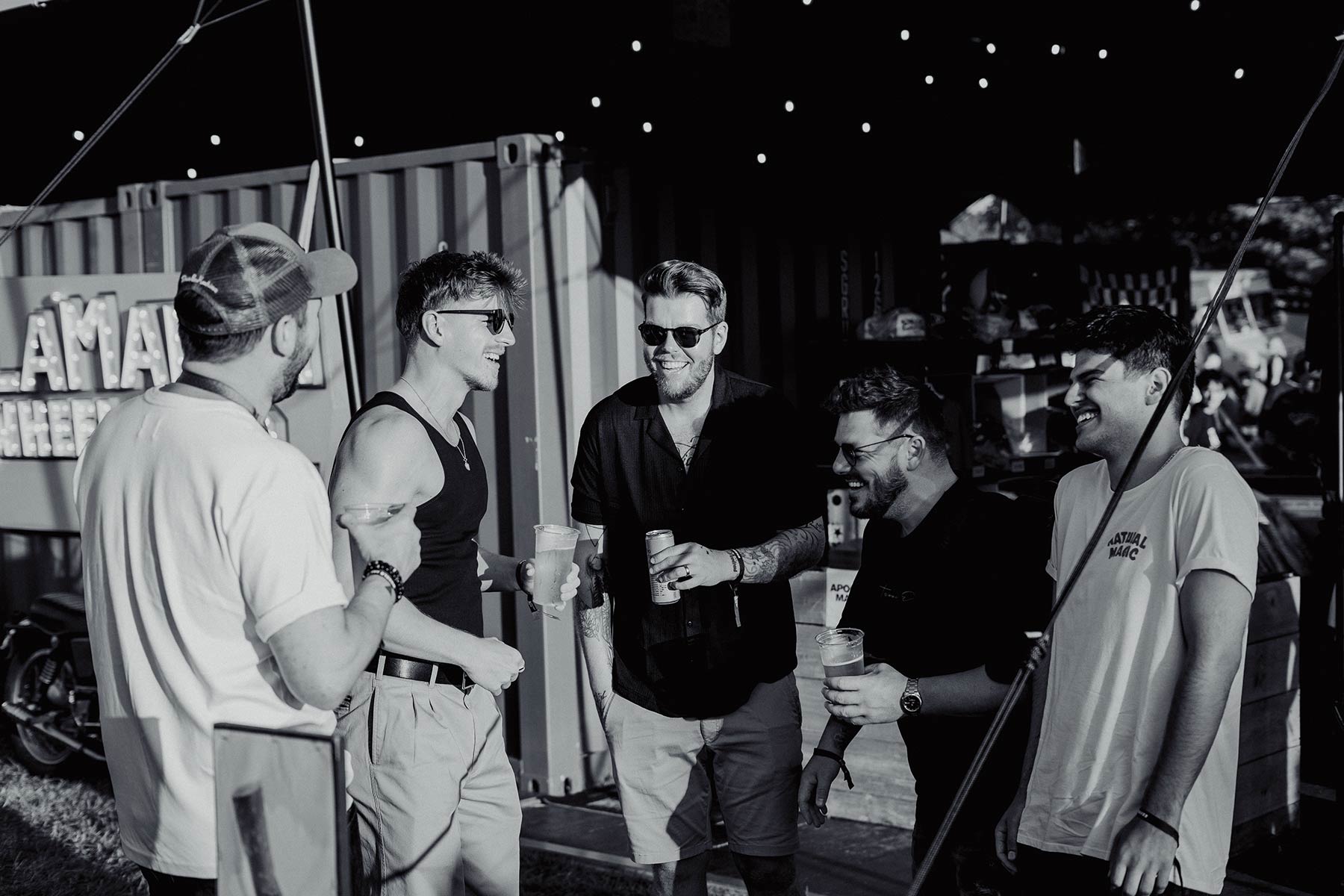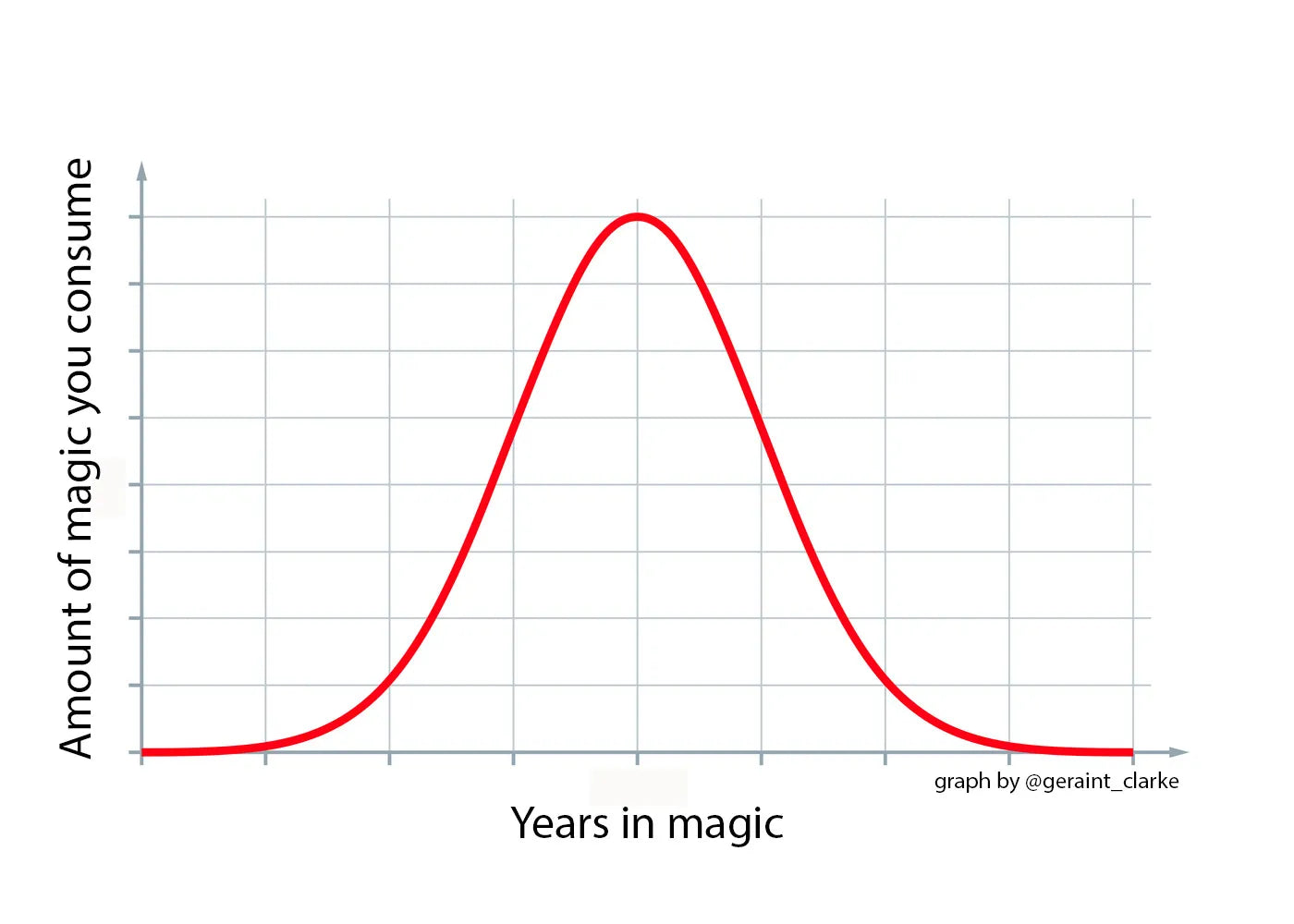I’ve had this theory for years—and I’ve told any magician who would listen… The process of learning magic is a bell curve.
You start off with the foundations and you quickly accelerate your knowledge/skill potential.
At first, you learn:
- 1 pass
- 1 colour change
- 1 force
- 1 control
You become obsessed!
You continue to learn 3 more passes, 7 controls & 57 colour changes.
You buy gimmick upon gimmick. Probably the one that changes the 5 gum from strawberry to lime.
Then you buy the ‘2.0’ that changes it twice. With that lime flavour now changing to cherry.
The hunger for knowledge within magic consumes you. You spend all day and all night learning.
- You take notepads to lectures.
- You start performing with a Dani DaOrtiz accent.
- You spend all of your savings to absorb methods — regardless of whether you’ll ever perform them or not.
At some point, usually 6 to 10 years deep, you hit the top of the bell curve. For a lay audience, you’ve done enough, bought enough and learned enough to last a lifetime.
You know what you like to perform… and more importantly, you know what you don’t like.
The top of this curve is where your individual style starts to take shape — and it determines the wild ride down you’re about to take.
e.g. If you’re a card guy, this is the point where you stop doing a 37-phase ambitious card routine.
After this peak, you start to retrace your steps. Going back on the material and techniques you overlooked. Stripping routines down to their bare bones.
You know when you’ve reached the saturation point, when the time to learn more methods has diminishing returns — because it won’t create a noticeably greater effect for your audience, than something you already do.
Shhh! Don’t tell your magic buddies, but you may even start to like the cross-cut force at this point.
You start to realise that your years of experience are the method now — and you could do 6 top changes in a row, and still not get caught (like I did last week). Because it’s not about what you’re doing, it’s about how you’re doing it.
The well-baked theory behind the effect (“the why”) will take center stage, and it’s not the quadruple-duple-lift you learned 2 years ago that’s important.
The journey down the bell curve is something we should all strive for — and not shy away from. It’s a rite of passage for all magic lovers.
The opportunity to right the wrongs of impatience and relearn the best techniques in exquisite detail. Forgetting the rest.
If you get there, you now only do 1 pass, but it’s the most fooling, best pass anyone has ever seen.
You pack all 76 retention vanishes you learned, into a box in your mind — and you now perform only your favourite one or two techniques. But your audiences are still screaming…
“Where the **** did that coin go?”
Maybe even louder than ever before.
From this moment, the beginner tricks and sleights you choose to refine, start to fool pros. That’s when you know you’ve reached mastery.
And that’s the team’s mission at Ellusionist.com — to create masters. To get you up and over this bell curve, so that you can find your individual style, and descend as an expert in your art.












1 comment
Ritchy Flo
This makes a lot of sense. After learning thee method of a trick I would often say " You can’t trick people with that!!". The fact was “I” couldn’t trick anyone with that because I hadn’t put the time in.
Leave a comment
All comments are moderated before being published.
This site is protected by hCaptcha and the hCaptcha Privacy Policy and Terms of Service apply.